Related Research Articles

Roman Arkadyevich Abramovich is a Russian-born oligarch and politician. He is the former owner of Chelsea, a Premier League football club in London, England, and is the primary owner of the private investment company Millhouse LLC. He has Russian, Israeli and Portuguese citizenship.
The Morozovs is a famous Old Believers Russian family of merchants and entrepreneurs. The family name Morozov originates from a Russian word moroz (мороз) that means frost. The founder of the family was Savva Vasilyevich Morozov (1770–1862). He had five sons and a daughter, Varvara Savvichna Morozova.
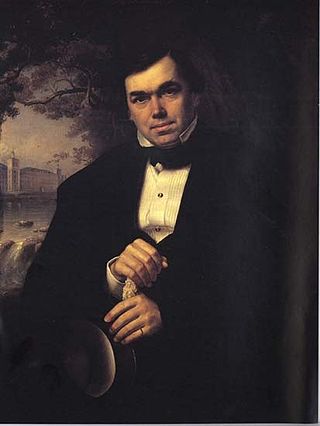
Aleksey Ivanovich Khludov was a Russian Old Believer merchant who amassed the richest private collection of early medieval manuscripts in Imperial Russia.

Sergey Timofeyevich Konenkov was a Russian and Soviet sculptor. He was often called "the Russian Rodin".

Vozdvizhenka Street,, is a radial street connecting Manege Square and Arbat Square in central Arbat District of Moscow, Russia. The street's name refers to a monastery that existed here since 1450 and perished in the Fire of Moscow (1812). In 1934–1946, it was known as Comintern Street, in 1946-1991 as Kalinin Street Kalinin Prospect.

Fyodor Osipovich Schechtel was a Russian architect, graphic artist and stage designer, the most influential and prolific master of Russian Art Nouveau and late Russian Revival architecture.
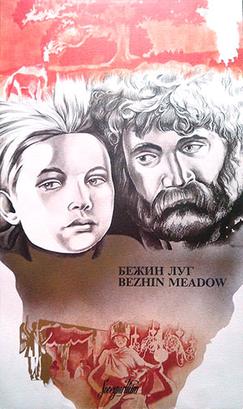
Bezhin Meadow is a 1937 Soviet propaganda film, famous for having been suppressed and believed destroyed before its completion. Directed by Sergei Eisenstein, it tells the story of a young farm boy whose father attempts to betray the government for political reasons by sabotaging the year's harvest and the son's efforts to stop his own father to protect the Soviet state, culminating in the boy's murder and a social uprising. The film draws its title from a story by Ivan Turgenev, but is based on the life of Pavlik Morozov, a young Russian boy who became a political martyr following his death in 1932, after he denounced his father to Soviet government authorities and subsequently died at the hands of his family. Pavlik Morozov was immortalized in school programs, poetry, music, and film.
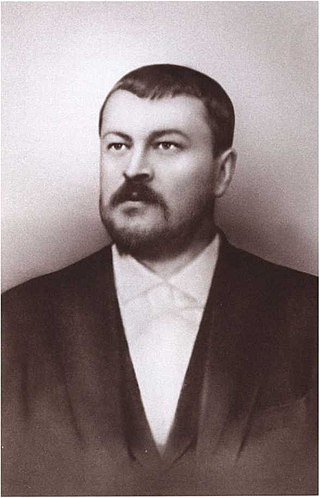
Savva Timofeyevich Morozov was a Russian textile magnate and philanthropist. Established by Savva Vasilyevich Morozov (1770–1862), the Morozov family was the fifth-richest in Russia at the beginning of the 20th century.

Sergei Ivanovich Shchukin was a Russian businessman who became an art collector, mainly of French Impressionist and Post-Impressionist art.

Arseny Borisovich Roginsky was a Soviet dissident and Russian historian. He was one of the founders of the International Historical and Civil Rights Society Memorial, and its head since 1998.

Ivan Abramovich Morozov was a Russian businessman and, from 1907 to 1914, a major collector of avant-garde French art.
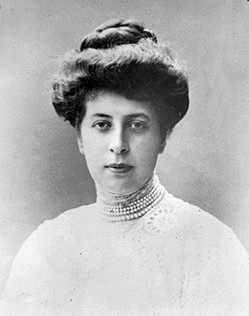
Margarita Kirillovna Morozova was a prominent Russian philanthropist, patron of arts, publisher, editor and memoirist. She was a co-founder of the Moscow-based Religious and Philosophical Society (1905–1918) and the director of the Russian Musical Society. She was the wife of art critic and collector Mikhail Morozov, and a socialite whose portraits were painted by Valentin Serov and Nikolai Bodarevsky, among others.

Home is a 2011 Russian crime drama film directed by Oleg Pogodin.

Varvara Alekseevna Morozova (1848-1917) was a Russian industrialist. She was the daughter of Aleksey Khludov and married to Abram Abramovich Morozov and Vasily Mikhailovich Sobolevsky. She was the acting president of the Tver Manufactory Association from 1882. She was also the perhaps most famed philanthropist in Moscow and awarded with an Imperial medal for her charitable work, known particularly as the patron of the Moscow University.

The Arseny Morozov House is a historic building located at 16 Vozdvizhenka Street, Moscow. It was designed by Viktor Mazyrin for his friend Arseny Morozov. The pair had toured around Portugal and been impressed by the Pena Palace in Sintra. An eclectic building with Neo-Manueline architecture, the Morozov House was constructed on the land presented to Arseny by his mother Varvara. Mazyrin built the house between 1895 and 1899.
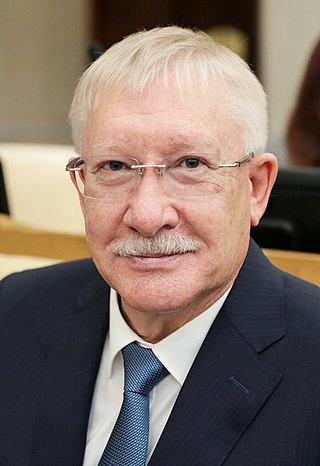
Oleg Viktorovich Morozov is a Russian and former Soviet politician. He has the federal state civilian service rank of 1st class Active State Councillor of the Russian Federation. He was a deputy in the State Duma between 1993 and 2012 and again since 2020. He served as a member of the Federation Council between September 2015 and September 2020. From May 2012 till March 2015, he worked as head of the presidential office for domestic policy. He supports the United Russia party.

Viktor Aleksandrovich Mazyrin was a Russian architect.

Savva Vasilyevich Morozov was an eighteenth-century Russian entrepreneur, who founded the Morozov dynasty.

Timofei Savvich Morozov was Russian business person active in the later period of the Russian Empire. He was part of the influential Old Believer family, the Morozovs. He was appointed head of the Moscow Duma in 1866.
Viktor Konstantinovich Taratuta was a Russian revolutionary and Soviet official.
References
- ↑ Semenova, Natalya (2020). Morozov : the story of a family and a lost collection. New Haven: Yale University. ISBN 978-0-300-24982-8.
- ↑ Мамонтова, А.И. (1898). Московское реальное училище в первое двадцатипятилетие. Moscow.
This article needs additional or more specific categories .(July 2023) |